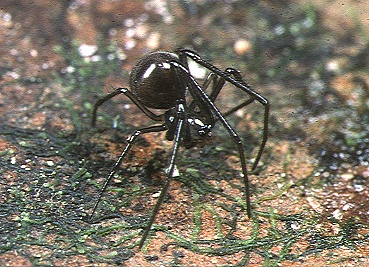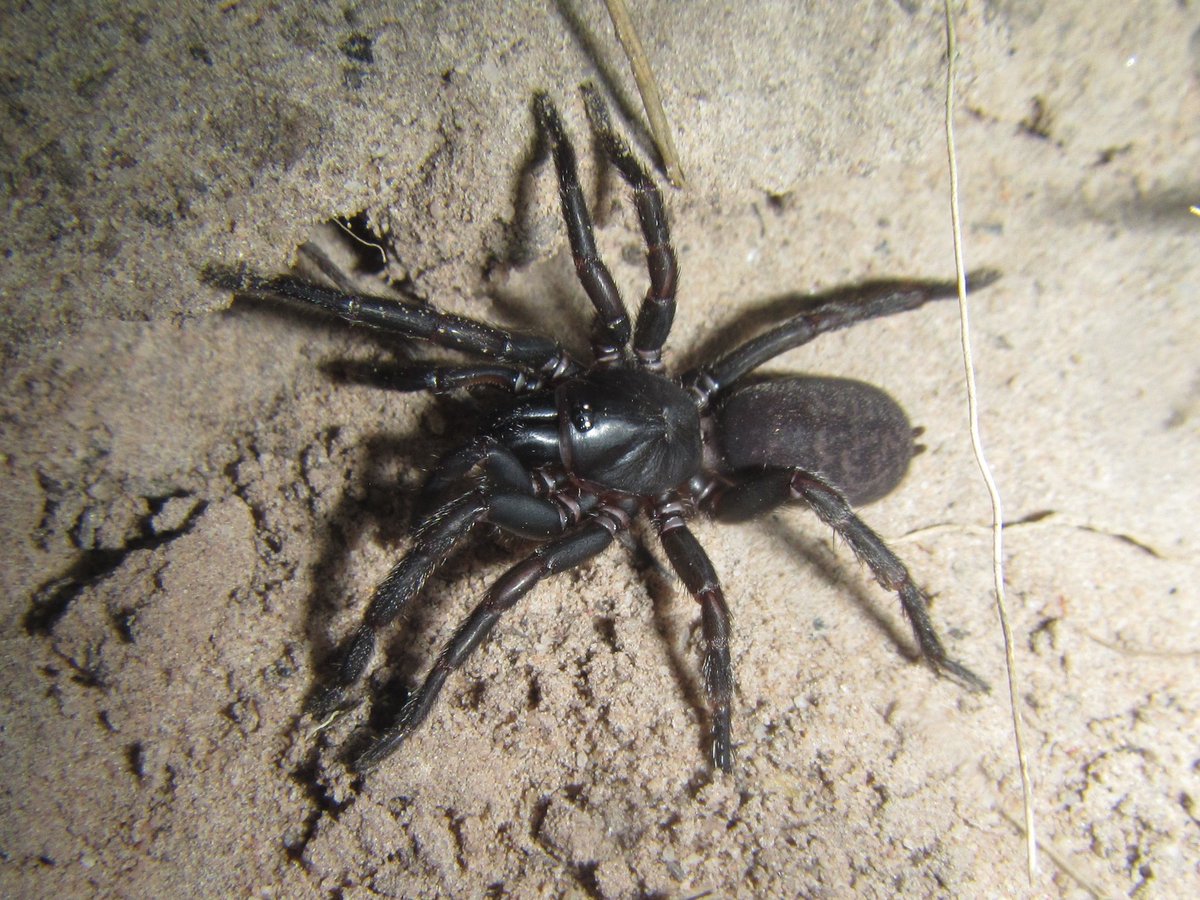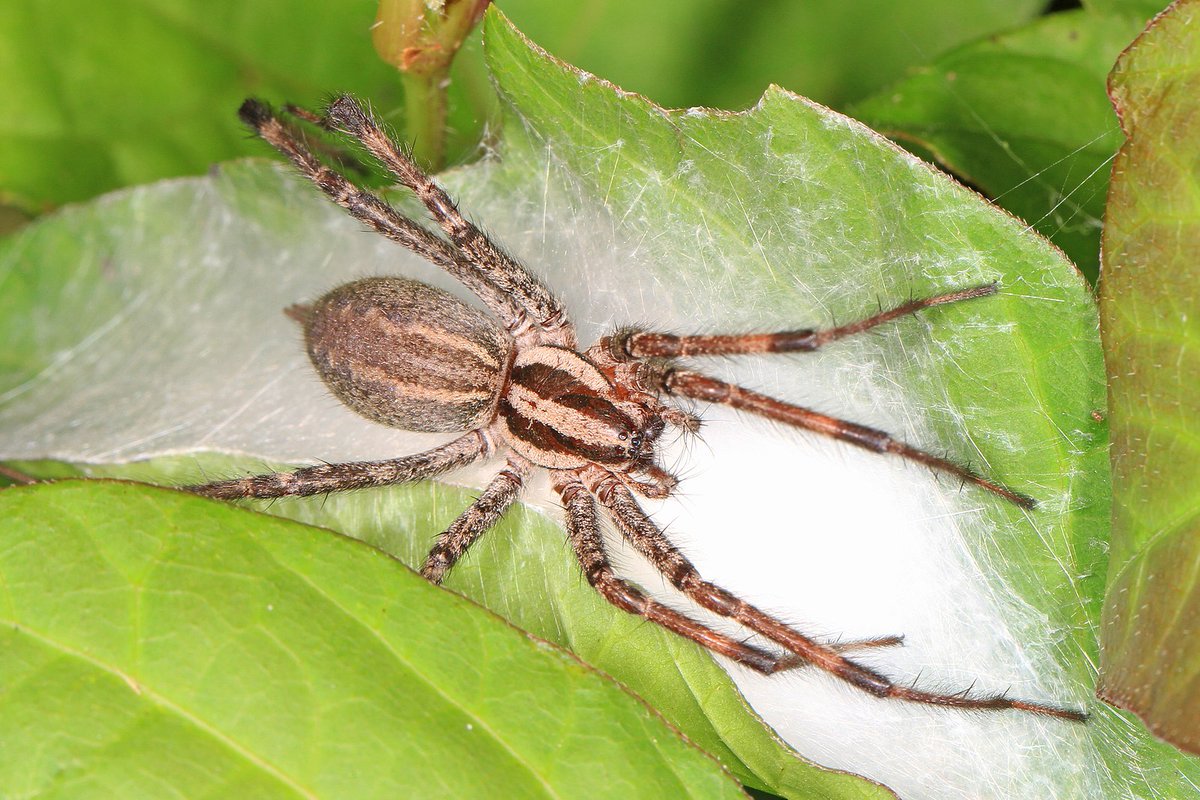
Finally! Back with another #ScienteaficABC 😁The next in my alphabetical journey through all 128 (currently, anyway) spider families is ANAPIDAE! This family of diminutive spiders contains 58 genera/231 species as of now. (images: Conoculus lyugadinus by Akio Tanikawa, CC) 



They occur worldwide, but mostly S. America, Africa, Asia & Australia/NZ. A few species are found in Europe and North America as well. (Image: Micropholcomma sp. by tjeales on iNat, CC) 

Interestingly, Anapidae have either 6 or 8 eyes, with the posterior median pair being either reduced in size or totally absent. They do not exceed around 2mm in body length so, as a family, are very small. (Image: Micropholcomma sp. tjeales on iNat, CC) 

They have a modification to the carapace giving them a characteristic raised ocular area. They are tiny (<3mm long), w/ rounded or hunched abdomens & quite short legs. They have a light covering of hairs & some species have spines on their legs & even abdomen. (img: tjeales iNat) 

An interesting feature that some species exhibit is the presence of hardened, shell-like dorsal &/or ventral scutes on their abdomen, which are useful in identification. You can see more images including some that show these scutes here: arachne.org.au/01_cms/details…
Predominantly, Anapidae are orb weavers, though some spin tangle webs. Their orbs are generally horizontally inclined, usually around 2-3cm across, and pulled up in the centre into a tent-like shape. They prefer habitats close to the ground. (Image: ap2il on iNat) 

This image, also by ap2il on iNat shows an Anapid spider in its web, inside a spoon for scale. Tiny! (ap2il's page is linked at the end of this thread). 

Images are, as always, Creative Commons licensed to the best of my knowledge. If you think I have used an image here that is not licensed for use, please let me know so that I may rectify. Source links:
inaturalist.org/people/tjeales
inaturalist.org/people/ap2il
en.wikipedia.org/wiki/Anapidae
inaturalist.org/people/tjeales
inaturalist.org/people/ap2il
en.wikipedia.org/wiki/Anapidae
@threadreaderapp unroll please <3
• • •
Missing some Tweet in this thread? You can try to
force a refresh

















